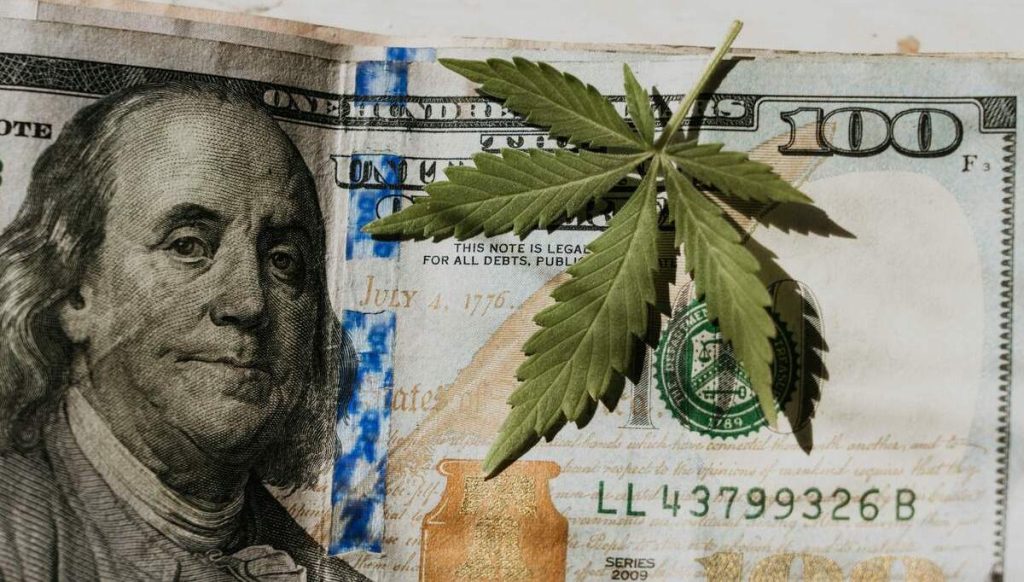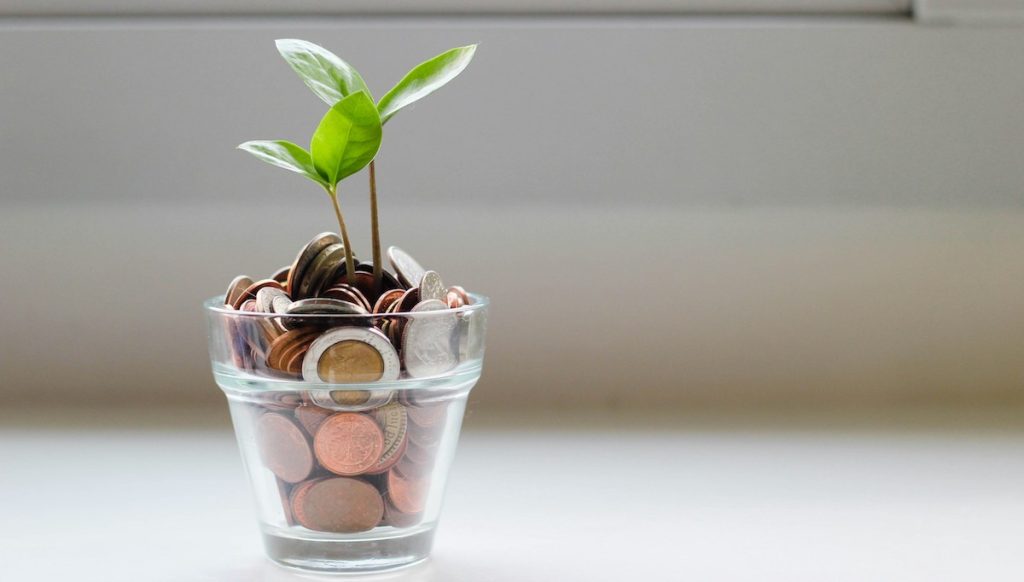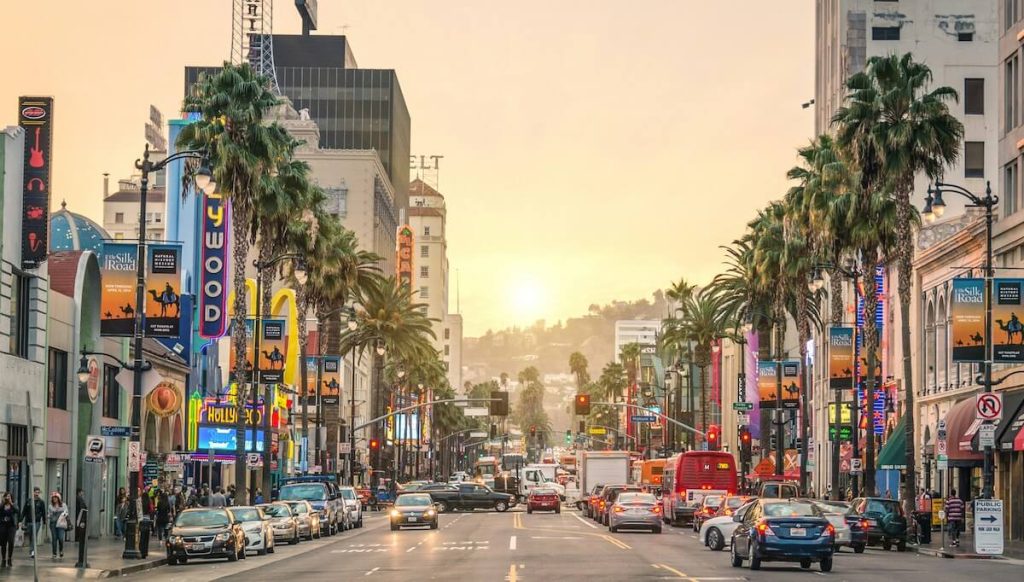
The legalization of cannabis in Thailand has created an economic sector whose development has attracted significant attention. Despite favorable conditions for cultivation and production, prices in Thai cannabis shops are often surprisingly high.
The Current Market Situation
The dynamics of the Thai cannabis market are particularly evident in price trends. Since legalization, various market segments have formed with stark differences in pricing strategies. While some premium shops in Bangkok charge top prices of up to 1,500 Baht per gram for select exotic strains, other vendors offer similar quality starting at just 200 Baht.
A major reason for the high prices is market saturation combined with high operating costs. Since legalization, countless cannabis shops have opened. In tourist hotspots, there are sometimes several hundred providers in direct competition. However, this multitude of shops doesn’t automatically lead to correspondingly high demand. Many operators struggle to attract customers at all. Some coffee shops serve only a few consumers per day but still need to cover their ongoing expenses.
Operating costs, especially in popular locations, pose an enormous challenge for many shops. In tourist centers, monthly rent can amount to several hundred thousand Baht. Add to this expenses for staff, air conditioning, distribution, and necessary licenses. These economic constraints are directly reflected in pricing.
Cannabis Price Categories and Market Segments in Thailand
The Thai cannabis market has now divided into clearly recognizable price segments. In tourist centers, the economy segment ranges between 300 and 500 Baht per gram. The mid-price segment from 500 to 700 Baht offers good indoor quality. In the premium segment, selected exotic strains with special genetics and maximum THC values are offered from 700 Baht upward. Away from tourist areas, prices are usually 30-50% lower for comparable quality.
Cannabis Shops Thailand: Prices in Tourist Centers
The focus of many coffee shops on tourists is a significant price-driving factor in the Thai cannabis market. This target group is often willing to pay higher prices, whether out of convenience or lack of market knowledge. In tourist centers of Bangkok and Phuket, prices are therefore often significantly higher than in other regions. A gram of premium cannabis that is purchased wholesale for 50 Baht can easily be sold for 800-1,000 Baht in these areas.
This pricing strategy may seem profitable in the short term but carries substantial risks for operators. The loss of price-conscious regular customers and strong dependence on seasonal fluctuations can become long-term problems. Moreover, this pricing policy damages the industry’s reputation.
Regional Differences in Cannabis Prices in Thailand

The price differences between various regions of Thailand are considerable. In Bangkok, prices vary significantly depending on the district. These price differences reflect not only different operating costs but also various business strategies and target groups.
A typical price pattern emerges in popular holiday regions. Tourist centers are characterized by expensive shops primarily catering to international visitors. However, shops have established themselves in side streets and local neighborhoods that offer high-quality products at significantly lower prices. These shops focus on regular customers and long-term customer relationships rather than quick profits.
Alternative Distribution Channels
Besides traditional retail stores, alternative distribution models have also developed. Delivery services like Cannabis-Deal can often offer even lower prices due to reduced fixed costs. They save on store rent and expensive furnishings but must invest in efficient logistics and distribution instead. Many of these services have successfully established themselves in the market and offer a practical alternative to the often overpriced shops in tourist areas.
Premium Cannabis Thailand: Quality and Price Factors
Although production costs for weed in Thailand are low by international comparison, quality cannabis is primarily produced in controlled indoor environments. Investments in professional indoor facilities are considerable and significantly influence end prices. A medium-sized indoor facility requires initial investments of several million Baht for air conditioning, LED lighting, irrigation systems, and laboratory equipment.
The ongoing production costs consist of various factors. Besides expenses for electricity, there are costs for nutrients, substrates, and personnel. Quality control and professional packaging also contribute to the total costs. Overall, production costs amount to 15-30 Baht per gram for indoor cannabis, without considering storage and distribution.
Quality Assurance and Pricing
Quality assurance plays an increasingly important role in price formation. Premium producers invest substantially in regular laboratory analyses, professional drying and curing processes, and climate-controlled storage. These investments in quality justify higher prices as they guarantee better products. Top producers in Thailand now achieve quality standards comparable to the best international suppliers.
The tropical climate presents a particular challenge. High humidity and temperatures require sophisticated storage and transport solutions to maintain product quality. Professional providers invest in air conditioning, dehumidifiers, and special packaging systems. These additional costs are also reflected in end prices but are enormously important for quality assurance.
Seasonal Influences on the Cannabis Market
Prices are also subject to seasonal fluctuations, especially in tourist areas. During high season from November to March, prices in some coffee shops increase by 20-30 percent. These price fluctuations mainly affect tourist-oriented areas.
Shops with predominantly Thai customers or a stable expat customer base, on the other hand, keep their prices constant throughout the year. This price stability is an important factor for customer loyalty and distinguishes reputable providers from purely tourist-oriented shops. Many of these established businesses have built up a loyal customer base that returns regularly and appreciates the fair pricing policy.
Cannabis Money-Saving Tips for Thailand

Choosing the right provider is crucial for price-conscious consumers. Shops in tourist centers often charge 30-50 percent more than providers in side locations for comparable quality. While premium stores try to justify their higher prices through better service and detailed consultation, shops away from main streets often offer better value for money.
Delivery services have established themselves as a particularly affordable alternative. By eliminating store rent and lower fixed costs, they can often offer their products up to 50 percent cheaper. When comparing different providers, consumers should pay particular attention to trustworthy reviews and shop reputation. Quantity discounts, which can offer significant price advantages from ten grams upward, and seasonal special offers enable additional savings.
Market Development and Future of Cannabis Prices in Thailand
The Thai cannabis market is undergoing an important transformation. The initial gold rush atmosphere is giving way to increasing professionalization. Many shops that started without a well-thought-out business concept have already closed again. This market consolidation is likely to continue in the coming years.
Experts expect that in the long term, quality-oriented providers with fair pricing policies will prevail. Costs will continue to decrease through growing production volumes and efficiency improvements in manufacturing. At the same time, consumers’ quality expectations will continue to rise.
Expertise and Standardization
The Thai cannabis market continues to evolve. More and more providers are focusing on complete transparency for their products. While THC content and laboratory analyses are now standard, some progressive shops even provide detailed terpene profiles. This is a remarkable quality leap for the Thai market. This development helps consumers better assess prices and quality and compare different providers.
The production side is also becoming increasingly advanced. Large cultivation operations are investing in modern technology and efficient processes. The trend is clearly moving toward industrial production to reduce production costs. However, these cost savings are not automatically passed on to end customers, as many shops continue to have high fixed costs and need to secure their profit margins.
The differences between various suppliers become particularly apparent with indoor products. While some producers invest in state-of-the-art facilities and precise climate control systems, others focus on minimal resource use. Some manufacturers aim for extensive automation of their processes, while others save costs by performing many steps manually. However, this doesn’t necessarily mean that manual production leads to lower quality. There are numerous experienced professional growers for whom cannabis cultivation is a true life’s mission. These growers devote special attention to their plants. Some go so far as to talk to their plants or play music for them.
International Price Comparison: Thailand in the Global Cannabis Market

The Thai cannabis market shows interesting price patterns in international comparison. In tourist hotspots, prices are at the same level as established markets like Amsterdam or California. There, consumers pay between 10-30 euros (about 400-1,200 Baht) for comparable quality.
Away from tourist centers, however, the Thai market offers a significantly more attractive price level. The reasons are obvious: While Western cannabis producers struggle with often enormous electricity costs for their indoor facilities, expensive commercial rents, and high personnel costs, Thailand benefits from significantly lower operating costs. The generally lower cost of living in Thailand is also reflected in the wholesale price.
Conclusion
The development of the Thai cannabis market points to an increasingly clear parallel system. In tourist centers, prices will likely remain at a high level, as significant fixed costs such as store rent and personnel do not allow for major price reductions. These shops will continue to benefit mainly from the purchasing power of international visitors.
Parallel to this, a second market is developing that caters to local customers and expats. In this segment, intense price competition is already emerging, as customers living here are becoming increasingly price-conscious and better understand market dynamics. This will likely lead to further price reductions but also to a significant reduction in the number of shops, as not all providers can withstand this price pressure.
In the long term, two types of providers will prevail: on one hand, the particularly efficient shops that can offer high-quality products at competitive prices, and on the other hand, those that manage to successfully establish themselves as strong brands. For consumers, this development leads to a more attractive market with fair prices and high quality.
